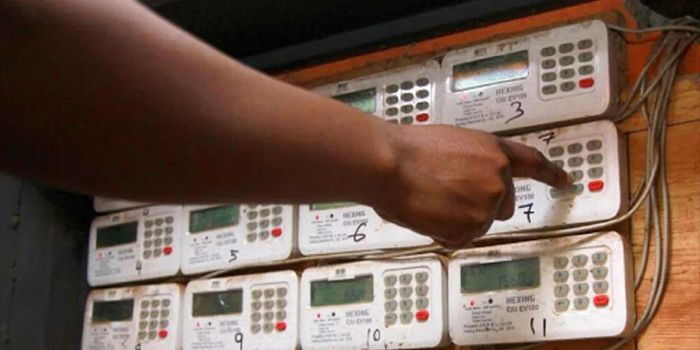Foreign Affairs Principal Secretary (PS) Korir Sing’oei has addressed a recent report by the Parliamentary Budget Office (PBO) that revealed Kenya has the highest electricity prices in East and Central Africa.
Through a statement shared on social media, Sing’oei acknowledged that Kenya indeed leads in electricity costs but also highlighted that the country has the highest electricity access rate in the region.
He explained that the high prices are largely due to the significant costs involved in constructing and maintaining Kenya’s extensive electricity infrastructure.
However, he admitted that there might be inefficiencies in the system that, if corrected, could help bring down the cost of electricity.
“It’s true, but Kenya also has the highest electricity access rate in the region,” Sing’oei stated. “The cost of setting up and maintaining the most extensive electricity network cannot be overlooked.
However, there could be inefficiencies that, if resolved, might help reduce the cost of energy.”
High Prices Despite Frequent Blackouts
Despite these high costs, Kenya has been experiencing frequent power blackouts over the years. The government has attributed these outages to aging infrastructure, raising concerns about the reliability of power supply despite the high charges.
According to the PBO report, electricity prices in Kenya stand at Ksh33 per unit, making it the most expensive in the region.
Uganda follows with Ksh22 per unit, while Tanzania charges Ksh11 per unit. Ethiopia has the lowest electricity price, charging only Ksh0.77 per unit.
Comparing electricity prices further, the report noted that the average residential electricity cost per kilowatt-hour (kWh) in Kenya is $0.26. In contrast, Uganda’s rate is $0.17, Tanzania charges $0.09, South Africa stands at $0.12, and Ethiopia remains the lowest at $0.006 per kWh.
While the report highlighted Kenya’s high power prices, it did not explain the reasons behind such a significant gap compared to neighboring countries. This is what PS Sing’oei sought to clarify in his statement.
Has the Cost of Electricity Reduced?
Despite Kenya’s high electricity prices, there has been a slight reduction in costs compared to the previous year. In February 2025, Kenyans paid Ksh1,255 for 50 units of electricity, down from Ksh1,406 for the same amount in 2024.
Interestingly, even though Ethiopia and Uganda have much lower electricity prices, they also enjoy a more stable power supply compared to Kenya, which continues to experience regular outages.
Analysts attribute the reliable power in these countries to their smaller electricity networks and significant energy production from hydroelectric dams.
Scrutiny on Kenya Power and Additional Charges
Kenya Power, the country’s main electricity distributor, has been under scrutiny over its power purchase agreements with independent producers.
Reports indicate that these agreements included high wholesale prices, making it difficult to lower electricity costs for consumers without the company incurring financial losses.
Additionally, Kenyans are burdened with multiple charges when paying for electricity. Consumers not only pay the base cost of electricity but also incur at least four different taxes, a forex adjustment charge, a fuel surcharge, and a general consumption charge.
These extra costs significantly contribute to the high overall price of electricity in the country.
As discussions around Kenya’s electricity prices continue, there is growing pressure on the government to address inefficiencies, renegotiate costly agreements, and find ways to make power more affordable for households and businesses.
Join Gen z and millennials TaskForce official 2025 WhatsApp Channel To Stay Updated On time the ongoing situation https://whatsapp.com/channel/0029VaWT5gSGufImU8R0DO30


